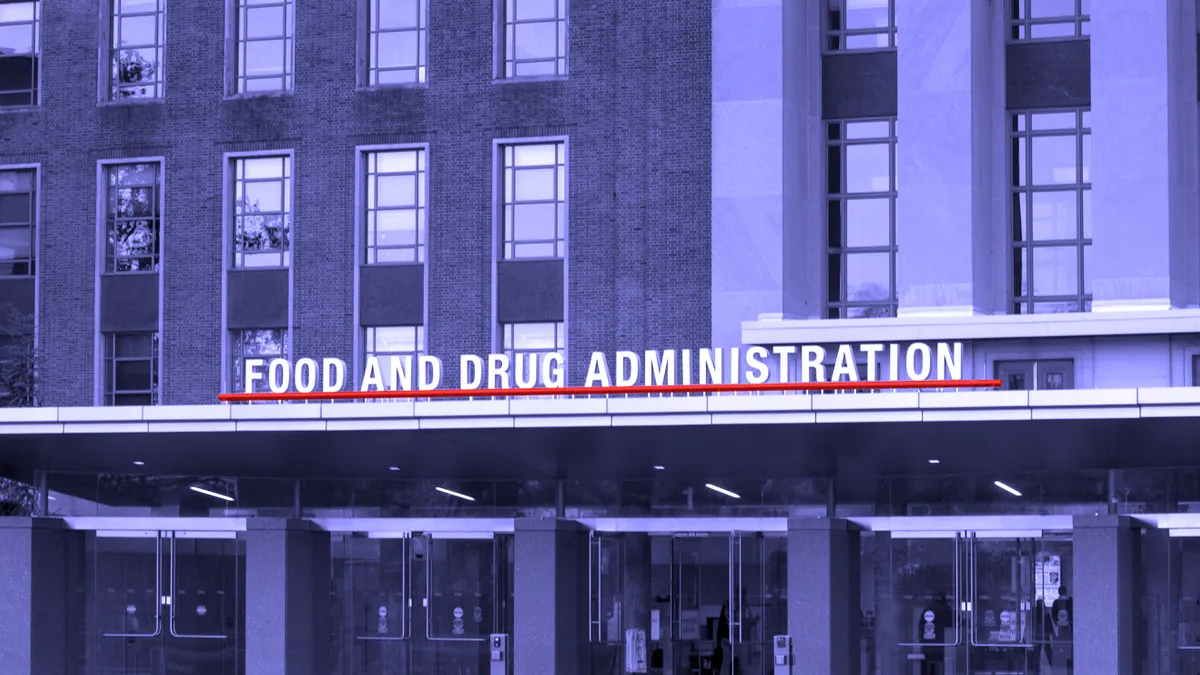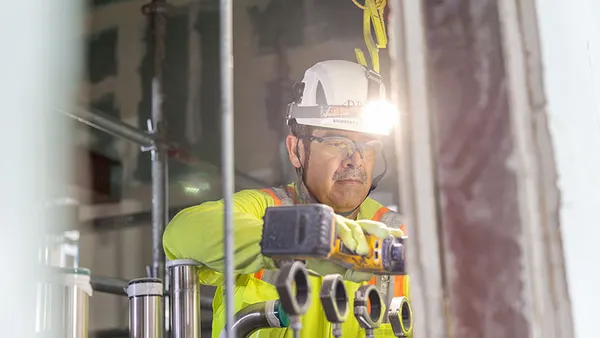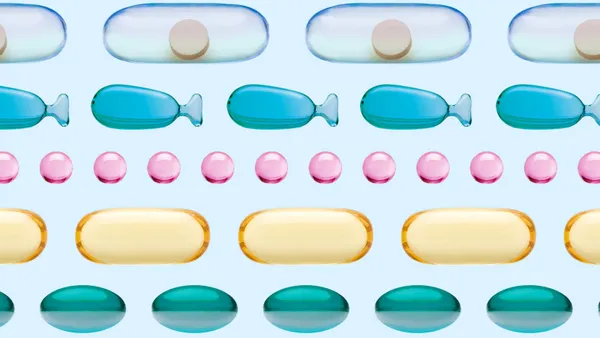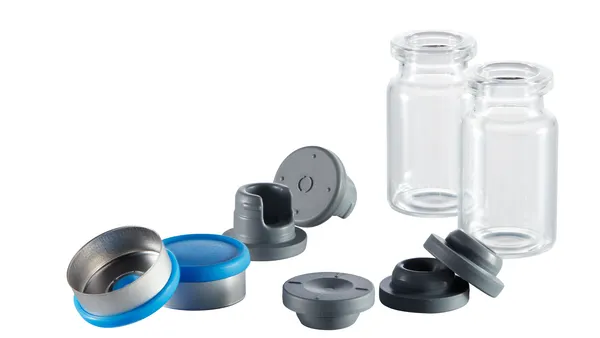The FDA’s recent announcement that it will begin publishing complete response letters (CRLs) soon after issuance — accompanied by the release of a batch of CRLs associated with pending or withdrawn applications – is evidence that sponsors will gain new and valuable insights into the agency’s decision-making processes. For developers of cell and gene therapies (CGTs) in particular, these disclosures can pinpoint specific areas where manufacturing process improvements can significantly decrease regulatory risk.
This recent effort towards what the FDA calls “radical transparency” follows on the heels of the July re-release of more than 200 CRLs issued in response to applications submitted between 2020 and 2024. All of these products were subsequently approved, but drug developers now have a better understanding of the mistakes that others have made with their submissions, as well as insights into the FDA’s current areas of focus.
Analysis of the CRLs shows that the majority of rejections were driven by Chemistry, Manufacturing and Controls (CMC) deficiencies or other shortcomings in manufacturing readiness. In fact, a full 74% of the applications that failed to receive FDA approval did so because of CMC deficiencies such as facility inspection issues, product stability challenges or inadequate potency assays. Such manufacturing-related challenges have long been more common among complex biologics.
“This is a known problem for CGTs, and the hurdles that need to be overcome are real,” says Louis Cicchini, Ph.D., director of scientific affairs for cell and gene therapy at Cencora. “They arise from the nature of CGTs — the processes involved in manufacturing them are inherently complicated. They’re very involved, with many manual steps, and complex biologicals are used in both manufacturing and the final drug products. Live cells and tissues are inherently variable, but even small changes can have a major impact on the end product’s performance and safety.”
With the release of these CRLs, the FDA is sending a clear signal: regulators need robust evidence that all batches will deliver the same clinical benefits, that products remain stable and packaging sterile from manufacturing to administration, and that facilities have robust process controls in place. As CGTs move into the mainstream, the FDA expects to receive comprehensive, high-quality data on process performance and product characterization with every submission.
Understanding common CMC challenges
Among all the CGTs currently on the market, at least 10 received a CRL prior to approval, and all of these CRLs cited CMC concerns. The CRLs highlight several major quality issues that were found during FDA reviews of biologics license applications (BLAs). These include concerns with potency measurements, which should be able to demonstrate that the final drug product will consistently deliver the desired clinical or therapeutic effects, and comparability data, which should show that any previous iterations of the drug product are comparable to its current form. Another recurrent issue was with facility readiness. In multiple instances, the FDA found that standard operating procedures (SOPs) were insufficient, and that on-site staff did not have adequate training to ensure the consistent quality and safety of the final product. Concerns with product stability over time were also raised by the FDA.
Building a robust and proactive CMC strategy
CGT manufacturers can reduce their risk of receiving a CRL by embedding best practices across all areas of production planning and execution. This means:
- Establishing a cross functional governance team to review assays and decisions throughout the development and commercialization process. For instance, developers can better align product quality testing with regulatory expectations by identifying the right critical quality attributes (CQAs) to effectively measure the product’s safety, quality and efficacy. They should ensure that they’re using biomarkers that can be definitively linked to the drug’s mechanism of action. It’s also important to evaluate the entire control process holistically, mapping all the places where testing should take place.
- Familiarizing facility staff with SOPs by conducting extensive training and mock pre-approval inspections. A third-party consultant can help manufacturers check all SOPs and identify issues proactively. This is especially important if the CGT’s developer is relying on a Contract Development and Manufacturing Organization (CDMO) for production, since this means there’s no direct visibility into facilities.
- Gathering all relevant data, including evidence that the chosen manufacturing site has produced multiple compliant batches. It is important to retain samples from early trials for side-by-side testing during scale-up, site transfer or method changes. It’s also important to define critical process parameters (CPPs) early on and maintain records demonstrating that a rigorous control strategy is in place. Manufacturers should also gather and retain evidence that the product maintains stability throughout the manufacturing and shipping processes. It's recommended to generate real-time data early, perform degradation mapping and establish an interim shelf-life with a defensible extension plan.
- Engaging with the FDA early in development so that your team can take advantage of initiatives such as the Support for clinical Trials Advancing Rare disease Therapeutics (START) pilot program or other regulatory pathways aimed at boosting communication. When members of your team come to these meetings with specific questions, they can obtain relevant scientific advice direct from the agency.
- Consulting with key opinion leaders and third-party experts who can offer different scientific perspectives and help developers establish comprehensive plans to monitor and manage processes.
Being proactive — especially when it comes to testing, process development and preparing for commercialization — can greatly decrease the risk that your CGT will receive a CRL.
“The FDA expects CGT developers to be building the bridge to commercialization early on,” says Michael Day, senior director of regulatory strategy and CMC at Cencora. “The agency will scrutinize your entire process, making sure your partners can maintain the cold chain throughout shipping and validate just-in-time delivery. Just because you can make the drug doesn’t mean you can get it to the clinic successfully at commercial scale. The FDA wants to see evidence that you’ll be able to do this as soon as they approve your BLA.”
“Getting a CRL isn’t the end of the world,” Cicchini adds. “In most cases, the FDA will expect you to resubmit within a year, though some issues — like needing to redo basic research to better link your potency assays to your mechanism of action — can cause significant delays, increase costs and raise questions among investors. This is something you want to avoid. Working with a third party who knows what’s going on in the field, what the standards are, and what the guidance says can reduce your risks. In the end, smarter CMC planning can help smooth your cell or gene therapy’s path to approval.”
To learn more about improving manufacturing quality to reduce regulatory risk for CGTs, register here to attend Cencora’s upcoming webinar.
DISCLAIMER: The opinions expressed in this article are solely those of the authors. Cencora, Inc., strongly encourages readers to review available information related to the topics discussed and to rely on their own experience and expertise in making decisions related thereto.










